Try to imagine modern life without washing machines. Agree that the picture will turn out to be very upsetting. Meanwhile, this irreplaceable household appliance is one of the most attractive habitats in the galaxy for harmful and dangerous bacteria and fungi. Even if all the requirements set out in the operating instructions are met, there is no guarantee that mold colonies have not formed in your assistant’s “internal organs.”

In humans, by the way (if such parallels are appropriate), bacteria are also present in a certain amount in the body. And not all of them are useful. Only the immune system helps a person in the fight against them, but as for the washing machine, the owner must assume the role of immunity. There is hardly any need to prove to anyone how important this is. After all, mold in a washing machine is not only a bad smell, but also the source of many physical ailments in households.
However, like any “disease,” the appearance of this type of fungus is easier to prevent than to engage in a long process of therapy. But what distinguishes this event from the medical field is that “self-medication” in this case is not contraindicated.
From theory to practice
So, let’s first focus on the preventive aspects of washing machine care that begin with the word “not”:
- do not neglect the manufacturer’s recommendations regarding your actions after the washing process: wipe dry the dosing tray and the rubber seal of the hole for loading laundry;
- do not rush to close them tightly immediately after this (give the internal cavities of the device a chance to ventilate). It is quite appropriate to use artificial ventilation using a household fan.
- do not get carried away with using gel-like liquids for washing, as they have a bad habit of being poorly washed, and then, remaining in the depths of the machine, together with dirt, become fertile ground for the formation of mold;
- Do not save excessive energy by choosing washing modes only with warm water (40 and 60 degrees). Remember that most microbes are killed only at temperatures close to 100 degrees;
- You shouldn’t leave washed items to sit in the drum for a long time (this obviously won’t give them freshness), and you shouldn’t fold dirty ones, gaining a certain volume, to carry out a washing cycle (you’ll agree that a laundry basket is a more suitable place).

Having mastered these easy recommendations, do not rush to relax, since to completely complete the picture about the prevention of mold, you need to add a couple more touches. They consist of periodically carried out (the timing also depends on the intensity of use of the machine) maintenance work on the inlet and drain water filters, heating element and hoses. As a rule, they are held once per quarter, half year and year.
If you feel unsure of your knowledge (although the list and order of operations are clearly outlined in the instructions), do not hesitate to seek help from a qualified service center specialist. However, it is not excluded that a neighbor or acquaintance experienced in everyday affairs can be involved in this event.
To paraphrase a well-known proverb, we can say that in the war against mold, all means are fair. Of course, we mean only those that have been proven by many years of practice and are effective in terms of effectiveness. Regularly following these simple rules, you can create completely unbearable conditions for the emergence and subsequent prosperity of a symbiosis of fungal colonies in your washing machine.
If the diagnosis has already been made
Now let's look at a sadder scenario, when neglect of preventive measures ultimately leads to the appearance of symptoms of this “disease” of your tireless assistant. Its external signs are quite simple: dark mucous deposits in visible places and a bad smell, which, I must say, will actively penetrate into washed items. Moreover, in this situation, even the “frosty freshness” promised by detergent manufacturers will not help: the fluids released by mold are surprisingly resistant to advertising slogans.
Do not panic, because there are ways to get rid of this scourge on your own. Although, so that you do not count on a lightning victory, we must warn you that the cleansing process is quite long.
Let's get started.

First, it is necessary to manually treat the rubber seal and tray using a 50% solution of copper sulfate or bleach. It should be washed off no earlier than a day later, as this is necessary for the preparation to be absorbed into the affected areas.
The next step will be a large-scale cleaning of the insides of the unit. This can be done using a chlorine-containing liquid (for example, "Whiteness" or "Domestos"), as well as acetic or citric acid. In some cases, they resort to mixing these preparations in equal proportions to achieve a "killer" result. As they say, it's up to the owner, but it must be taken into account that in this case a chemical reaction occurs, resulting in the formation of very toxic vapors, not only for mold. It is better to carry out the cleaning in two stages, with separate use of these reagents. The approximate volume required for a single cycle:
- chlorine-containing liquid - no more than 1 liter; acetic acid (9-11%) — within 0.8 liters;
You can also use citric acid (5 tablespoons of powder will be enough).
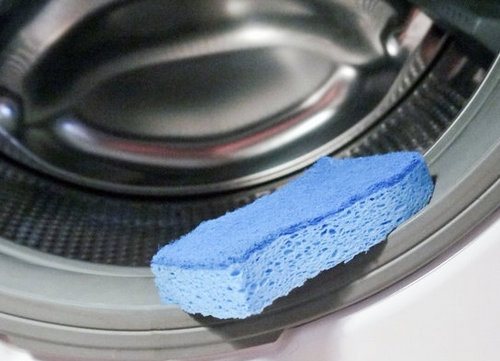
The substance that will act as a “killer” for mold is placed in the detergent dispenser and the longest wash cycle at the highest temperature is turned on. The rinse cycle at the end of the wash must be present, since harmful residues must be removed from the drum.
After the end of the cycle, it is necessary to thoroughly wipe the rubber seal with a napkin and leave the door and tray open until the device is completely dry.
As part of the complex “therapy”, it will not be superfluous to use an ultraviolet lamp, the light of which must be directed into the internal cavities.First, you need to manually treat the rubber seal and tray using a 50% solution of copper sulfate or bleach. It should be washed off no earlier than a day later, as this is necessary for the drug to be absorbed into the affected areas.


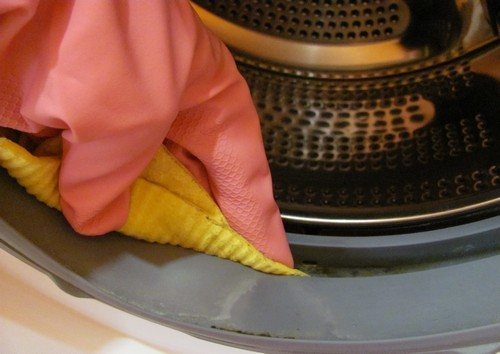
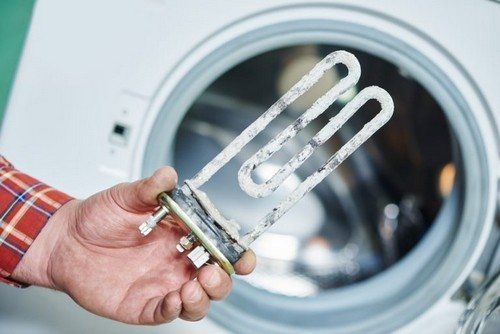
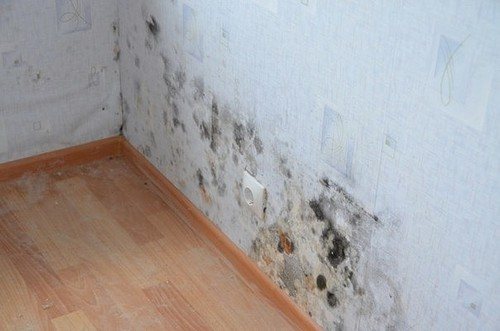

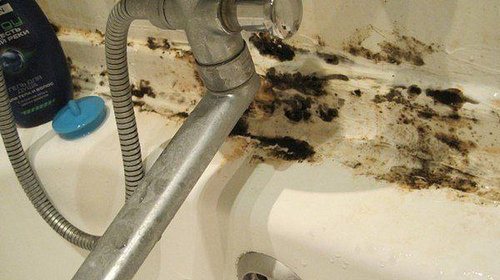
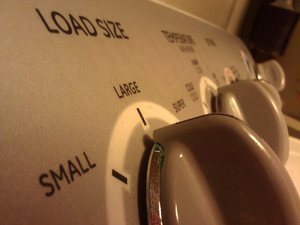

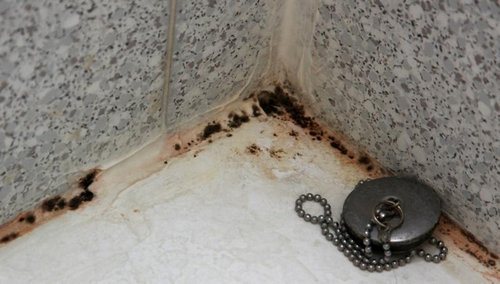


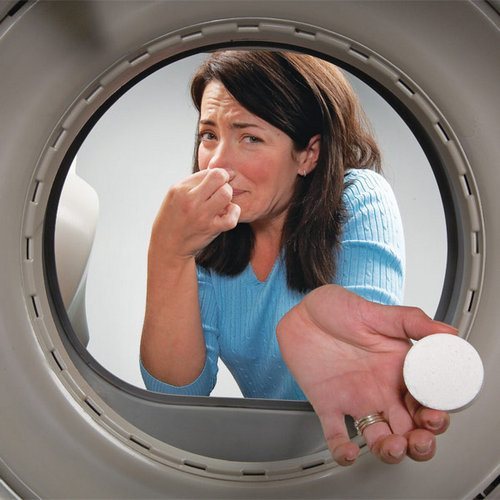
How to descale your washing machine
Dangerous black mold: how to get rid of the uninvited “guest”?